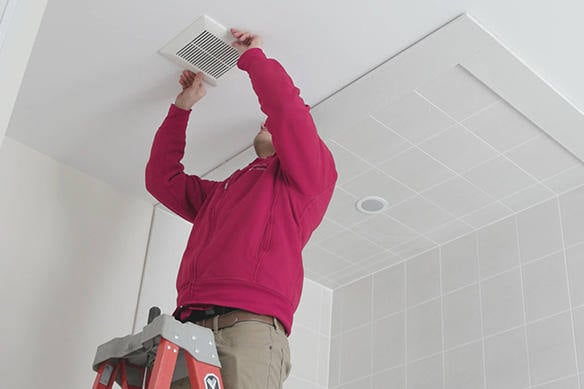
Indoor Air Quality: A guide for homeowners
The secret to a healthy home
IAQ is known to affect your health, comfort and well being.
A guide for homeowners
Indoor air quality (IAQ) is more than just a green building buzzword – it’s a key consideration for any homeowner looking to create a healthy and comfortable environment. Lets help you demystify some of the industry terms you may hear regarding IAQ.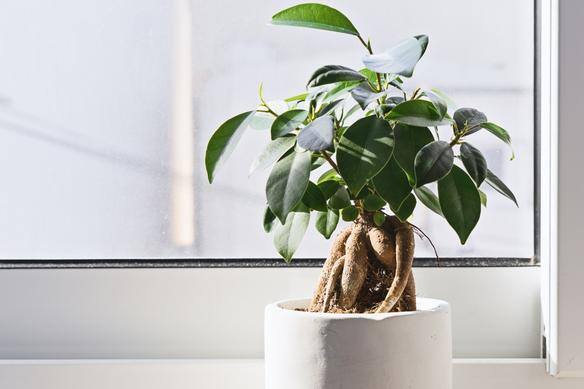
What is indoor air quality?
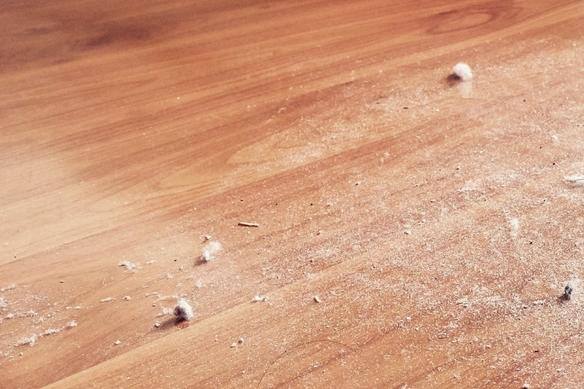
What causes poor indoor air quality?
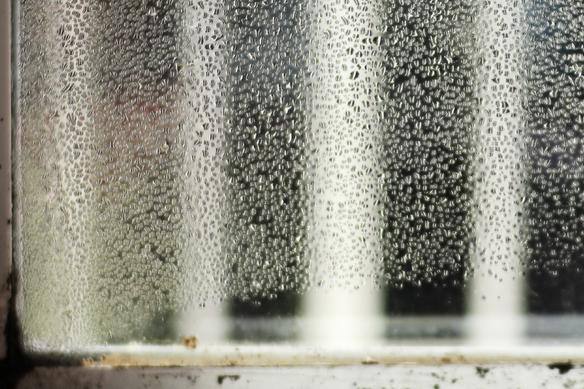
What is an ERV?
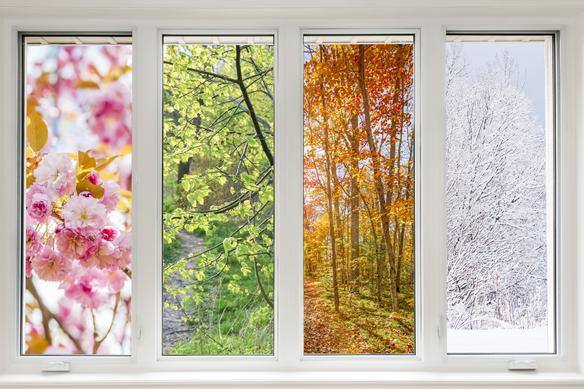
ERV or HRV?
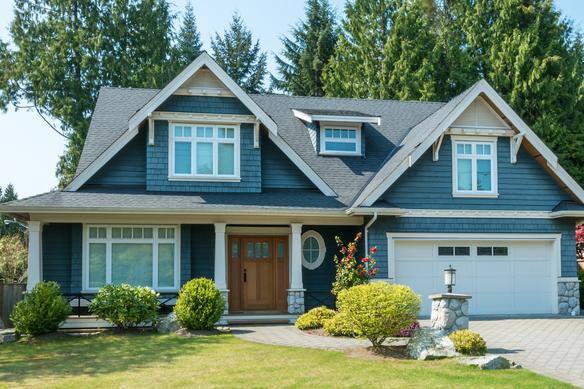
How much ventilation does a house need?
Improve your home’s air quality efficiently
Of course, most homeowners today aren’t building their homes from scratch, and many aren’t in a position to do a full remodel to address IAQ issues. Luckily, most homeowners can still take steps to improve their home’s indoor air quality.
The first line of defense against poor IAQ is to reduce or remove the source of pollutants. For example, paints, solvents or other chemicals should not be stored in the home.
Another safeguard is to use low-VOC building materials and cleaning products. As homeowners have become more concerned about indoor air quality, businesses are beginning to offer non- or less toxic versions of building materials – such as low-VOC paint or formaldehyde-free flooring – and common household products – such as natural cleaners and personal care products.
Finally, it’s crucial to exhaust the rooms where pollutants and moisture are produced. Through proper ventilation, pollutants can be isolated, mitigated, removed and exhausted. A good ventilation system can filter air, control mold and mildew, and dilute or eliminate pollutants such as smoke, dust, metals and carbon dioxide, thus vastly improving your home’s indoor air quality. The best ventilation systems can also save energy and improve the durability of your home.
By installing high performance vent fans, you can efficiently – and using sensor controls, automatically – remove any stale, moist, or polluted air and replace it with fresh air from outside.

